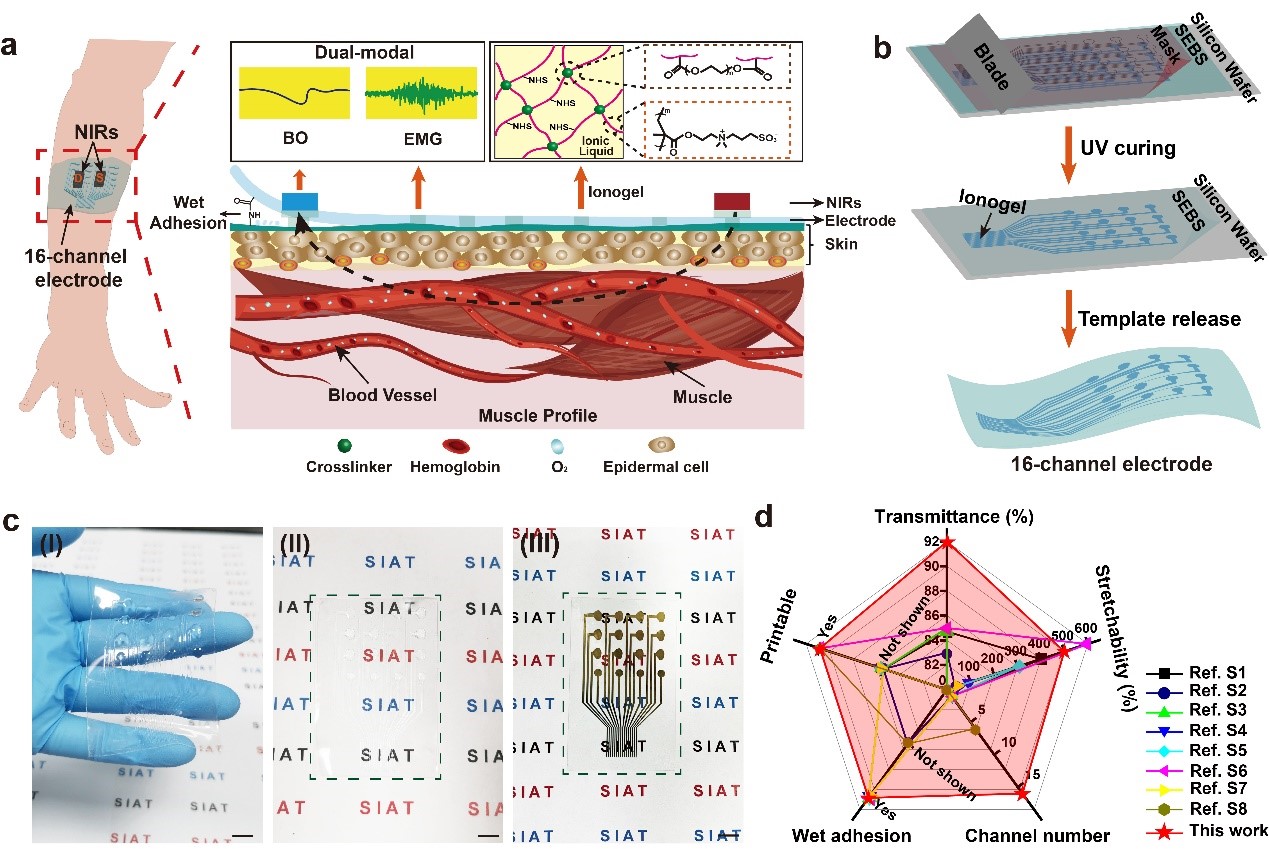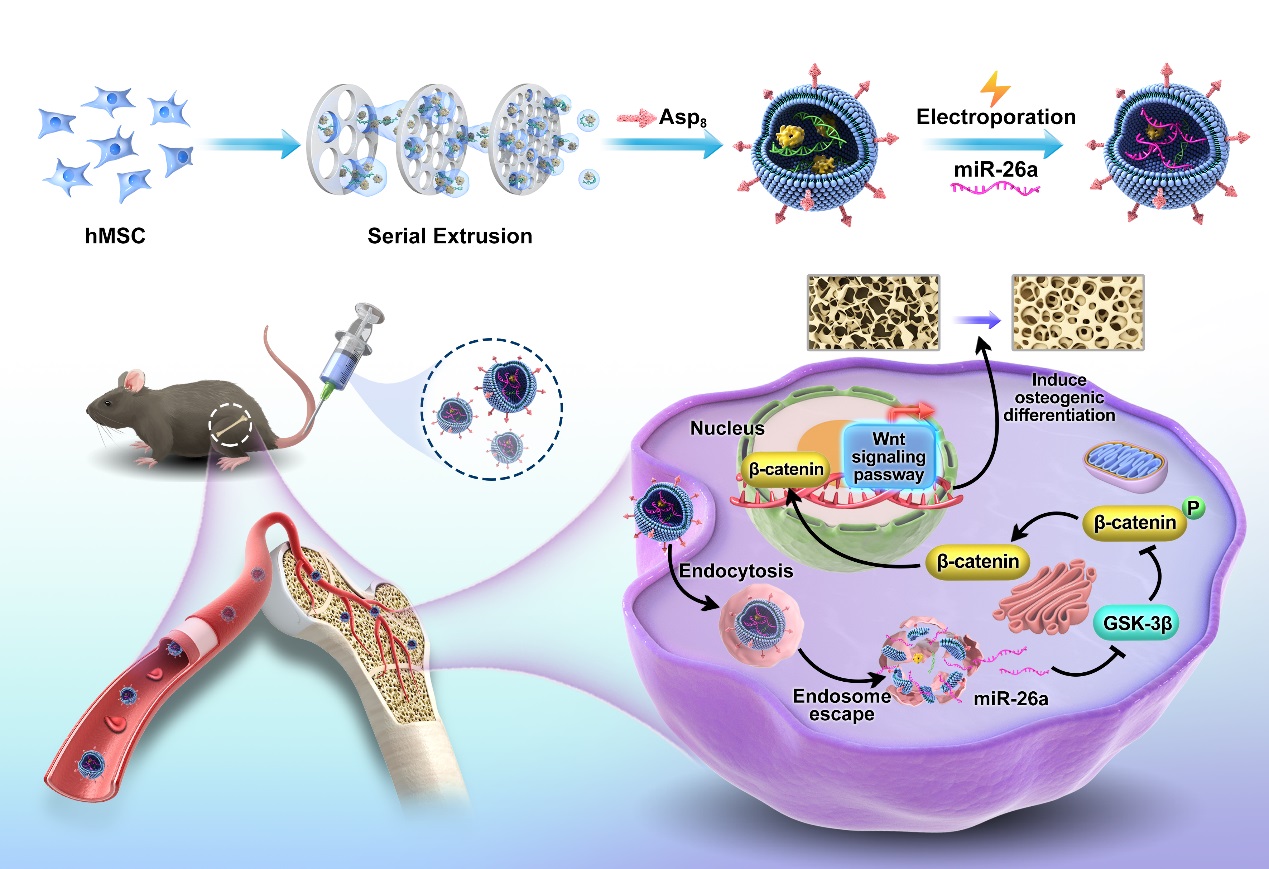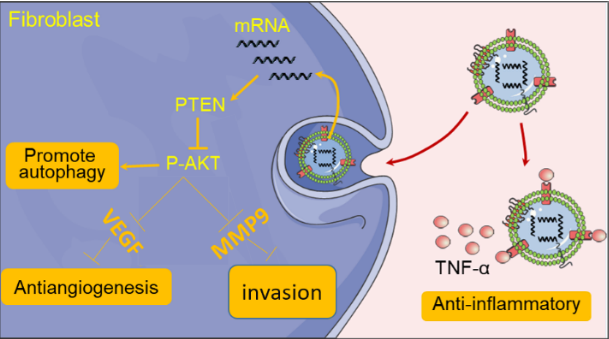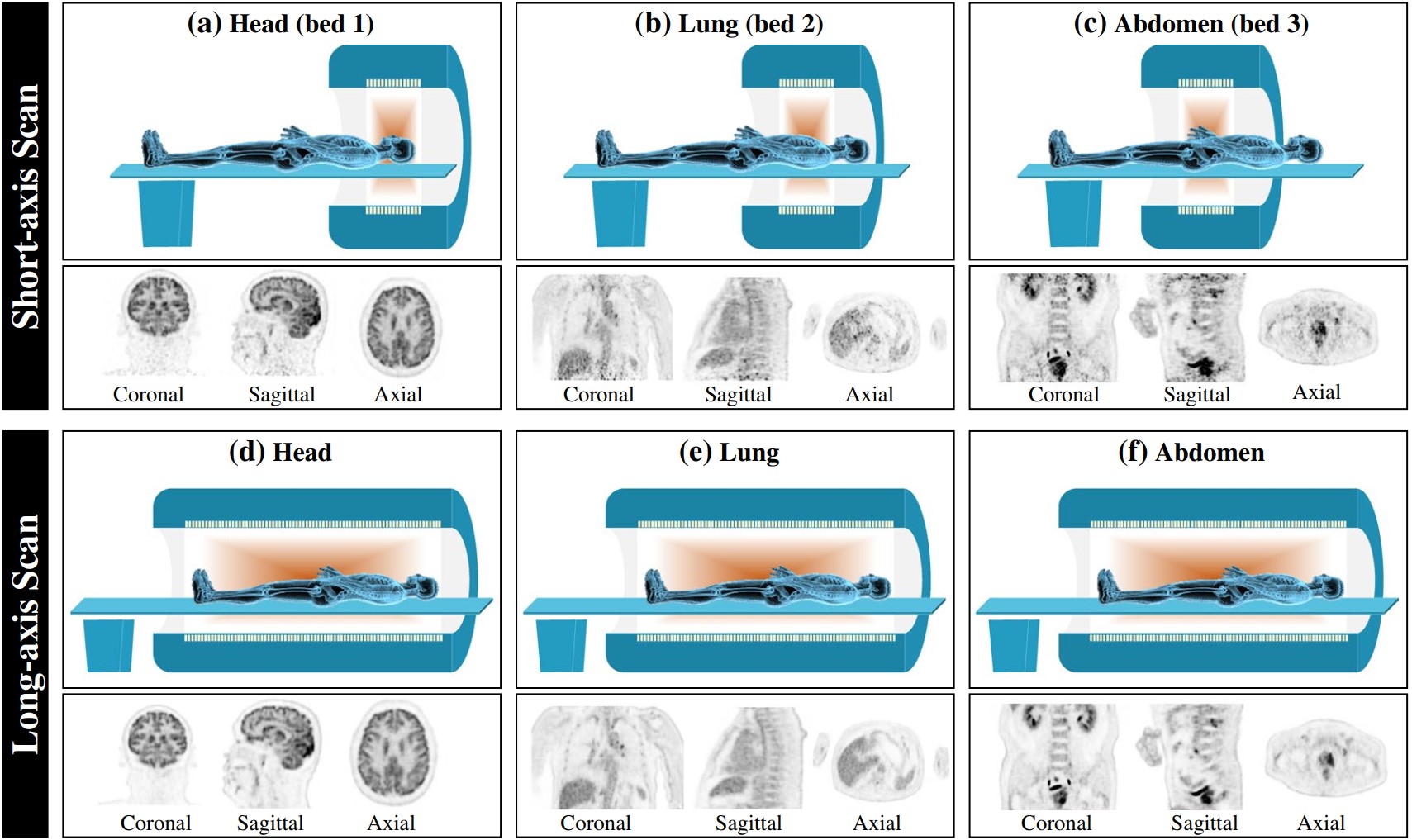
SIAT Research
-
Oct 12, 2023Transforming Wastewater into Valuable Chemicals with Sunlight: A Green Breakthrough in Sustainable ManufacturingThe results of their research showcase that these sunlight-activated biohybrids exhibited significantly enhanced BDO production, surpassing yields achievable through bacterial cells alone. Furtherm... Researchers led by Prof. GAO Xiang from the Shenzhen Institute of Advanced Technology (SIAT) of the Chinese Academy of Science and Prof. LU Lu from Harbin Institute of Technology have achieved a no...
-
Oct 12, 2023Researchers Propose Novel Data Acquisition Method for High Resolution "Spatial-Temporal-Spectral" CBCT Imaging"We believe this developed suRi method would greatly enhance the imaging performance of the DL-FPD based dual-energy CBCT systems in future," said Prof. GE. Over the past two decades, X-ray flat-panel detector (FPD) has been widely used in medical imaging applications. For the three- and four-dimensional cone-beam computed tomography (CBCT) imaging, FP...
-
Oct 10, 2023Stretchable Multi-channel Ionotronic Electrodes for In-situ Dual-modal Monitoring of Muscle-vascular ActivityThe study was published in Advanced Functional Materials on Sep. 26. In-situ dual-modal detection of electrophysiology (EP) and blood oxygen (BO) during the muscle-vascular activity is crucial for healthcare and human-machine interaction. Achieving this requires an ...
-
Oct 10, 2023Developing Bone-Targeting Exosome-Mimetics Gene Delivery System for Bone Regeneration"Our study offers a strong and simple strategy for the generation of a considerable quantity of EMs within a brief time frame and customization of their functional attributes, thereby providing a p... Mesenchymal stem cell-derived exosomes (MSC-exos) have shown great potential in the areas of bone regeneration and treatment of age-related diseases. However, low production yield and insufficient ...
-
Oct 10, 2023Researchers Propose New Combination Strategy for Rheumatoid Arthritis TreatmentThe research team at SIAT demonstrates the potential of biomimetic membrane nanomaterials as a game-changing solution for rheumatoid arthritis treatment. This groundbreaking approach provides renew... Rheumatoid arthritis (RA) is a chronic autoimmune inflammatory disease characterized by synovial inflammation and joint destruction. Recently, a research group led by Prof. ZHANG Peng and Associate...
-
Sep 20, 2023Unlocking Sustainable Energy: Progress in Biomass-Coupled Hydrogen ProductionTheir study was published in Nature Communications on July 14. In the pursuit of a sustainable energy future, the key lies in the fusion of hydrogen production and biomass enhancement. However, most biomass electrooxidation processes have been hindered by high...
-
Sep 20, 2023Enhancing PET Image Quality with Deep Learning: A Cost-Effective ApproachTheir study involved conducting experiments on PET images from three anatomical locations (brain, lung, and abdomen) taken from 335 patients. In the realm of positron emission tomography (PET), the axial field of view (AFOV) plays a pivotal role in determining image quality. While total-body PET scanners like the uEXPLORER offer superior...
-
Sep 19, 2023Global Obesity Battle Stymied: Deeper Understanding Is NeededThis article was published in Science on 1st of Sep. Prof. John Speakman from the Shenzhen Institute of Advanced Technology (SIAT), Chinese Academy of Sciences, alongside Prof. Kevin Hall from the National Institutes of Health (U.S.), Prof. Thorkild ...







